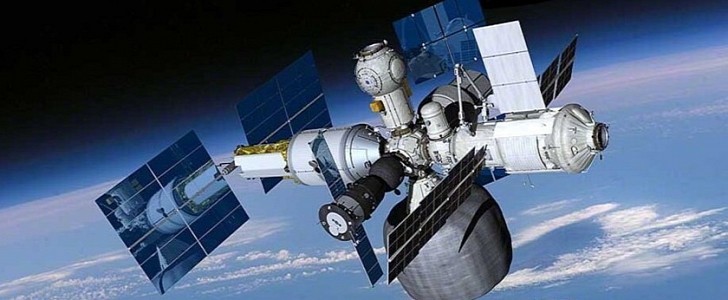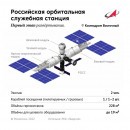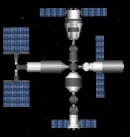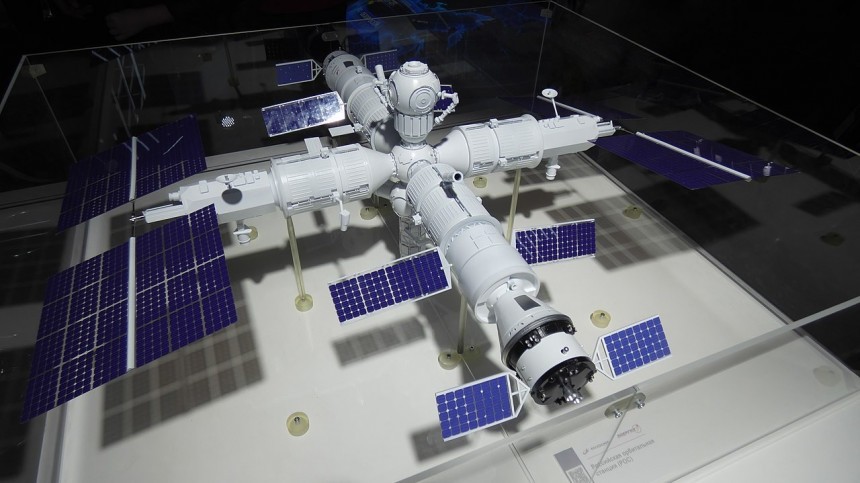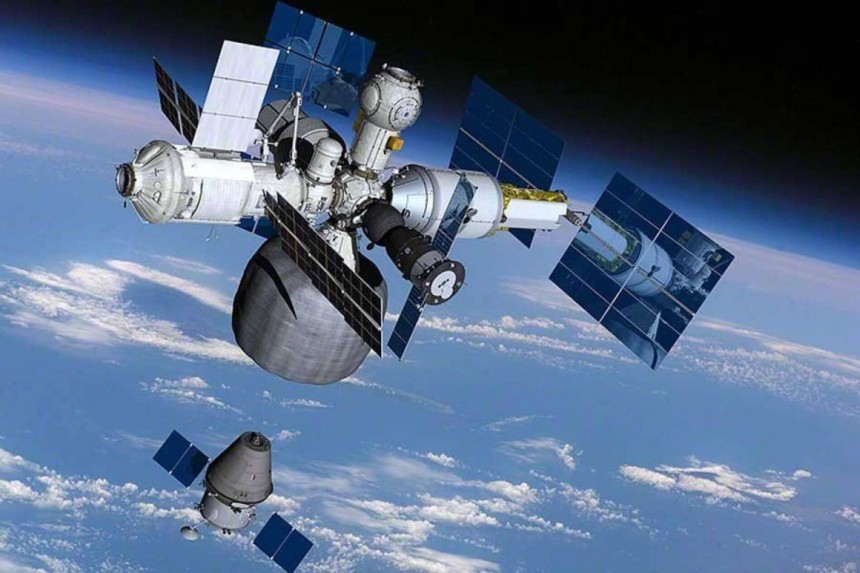As of 2022, Russia is a pariah state. We need not delve into why, as the reasons should be self-evident. That said, most pariah states can't maintain a functioning space program. That won't stop the Russians from trying.
Roscosmos announced this summer it would not be returning cosmonauts to the International Space Station after their obligations through 2024 are fulfilled. Though, this conflicts with subsequent reports that the Russians intend to stay with ISS until at least 2028. The truth of the matter is no one knows for certain when this Russian exodus from the ISS will take place, perhaps not even the Kremlin themselves.
Roscosmos has been publicly floating this possibility since the spring of 2021. More recent definitive statements from Roscosmos appear to be rubber stamps for actions already decided. As the ISS is barreling ever closer to the end of its service life, the decision by Roscosmos to leave the aging space station is not strictly rooted in recent tense geopolitics.
According to reports from Russian media, Roscosmos has been developing flight hardware for a potential evolutionary replacement for the ISS since at least 2014. The famed RSC Energia is the primary Russian design bureau in charge of the new space station's construction. The same team designed the booster rocket for the Soviet Buran reusable space plane.
Should Russia follow through with the plan to leave the International Space Station before the rest of its member nations are through, the bulk of the Russian space program's assets will shift towards this novel, all-Russian orbital outpost, dubbed the Russian Orbital Service Station (ROSS). As of late 2022, many aspects of the nature of ROSS's design outside a select handful of mock-up models and CGI renderings are complete unknowns to western engineers.
But for now, we can at least use historical clues and a liberal dose of modern context to form a picture of what the Russians have in mind. Firstly, it should be noted this is far from the first time the Russians/Soviets have ventured into long-term Low Earth Orbit alone. In fact, the Soviets were the first to operate a successful space station through the Salyut series of missions starting in 1971. All space stations in this series, including the flagship Mir Station, were manufactured by the aforementioned Energia Corporation.
From the sparse information available from Russian sources, Energia is said to have filed a patent review for a short-range centrifuge which could, in theory, help offset the downsides of weightlessness on the human body. Such a device could be attached to the larger mass of the space station. Consisting of three docking ports to accommodate the full suite of Russian manned and unmanned space vehicles like Soyuz and Progress.
Expect the segments of ROSS designed to accommodate humans to borrow heavily from technology developed on the ISS's Russian Orbital Segment modules. The six modules, Zarya, Zvezda, Poisk, Rassvet Nauka, and Prichal, encompassed the Russian contribution to the station.
Similar to the American Bigelow Aerospace Company's idea of inflatable space modules, ROSS's "transformable module" can expand and contract as needed in orbit. Such a facility would allow for considerably more living space for the cosmonauts living inside.
The rest of the space station's real estate would be dedicated to scientific research. Similar to that already conducted on ISS. As it happens, these scientific modules were originally slated to join the ISS before Roscosmos changed course. Overall, expect the ROSS to be at least larger in size than the Russian contribution to the ISS. Albeit, that's only about a quarter of ISS's total volume.
Of course, a smaller space station's potential tradeoff is being much cheaper to build and maintain. If Roscosmos could indeed meet its target budget for ROSS of $5 billion, it would prove definitively that long-term space habitats needn't deplete habitats down on Earth of all their money.
There are reasons beyond engineering ability to doubt the Russians could sustain even a small orbital manned outpost in the immediate future, given its innumerable and obvious dilemmas to contend with here on Earth. But remember, the Russians practically invented the functional manned space station. They just might be able to reinvent the wheel again. Should all go to plan, we'll find out what's what sometime in 2026 aboard the equally mysterious Angara A5 booster rocket.
Roscosmos has been publicly floating this possibility since the spring of 2021. More recent definitive statements from Roscosmos appear to be rubber stamps for actions already decided. As the ISS is barreling ever closer to the end of its service life, the decision by Roscosmos to leave the aging space station is not strictly rooted in recent tense geopolitics.
According to reports from Russian media, Roscosmos has been developing flight hardware for a potential evolutionary replacement for the ISS since at least 2014. The famed RSC Energia is the primary Russian design bureau in charge of the new space station's construction. The same team designed the booster rocket for the Soviet Buran reusable space plane.
Should Russia follow through with the plan to leave the International Space Station before the rest of its member nations are through, the bulk of the Russian space program's assets will shift towards this novel, all-Russian orbital outpost, dubbed the Russian Orbital Service Station (ROSS). As of late 2022, many aspects of the nature of ROSS's design outside a select handful of mock-up models and CGI renderings are complete unknowns to western engineers.
From the sparse information available from Russian sources, Energia is said to have filed a patent review for a short-range centrifuge which could, in theory, help offset the downsides of weightlessness on the human body. Such a device could be attached to the larger mass of the space station. Consisting of three docking ports to accommodate the full suite of Russian manned and unmanned space vehicles like Soyuz and Progress.
Expect the segments of ROSS designed to accommodate humans to borrow heavily from technology developed on the ISS's Russian Orbital Segment modules. The six modules, Zarya, Zvezda, Poisk, Rassvet Nauka, and Prichal, encompassed the Russian contribution to the station.
Similar to the American Bigelow Aerospace Company's idea of inflatable space modules, ROSS's "transformable module" can expand and contract as needed in orbit. Such a facility would allow for considerably more living space for the cosmonauts living inside.
Of course, a smaller space station's potential tradeoff is being much cheaper to build and maintain. If Roscosmos could indeed meet its target budget for ROSS of $5 billion, it would prove definitively that long-term space habitats needn't deplete habitats down on Earth of all their money.
There are reasons beyond engineering ability to doubt the Russians could sustain even a small orbital manned outpost in the immediate future, given its innumerable and obvious dilemmas to contend with here on Earth. But remember, the Russians practically invented the functional manned space station. They just might be able to reinvent the wheel again. Should all go to plan, we'll find out what's what sometime in 2026 aboard the equally mysterious Angara A5 booster rocket.
